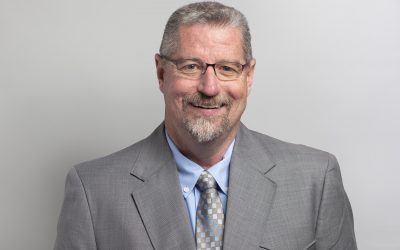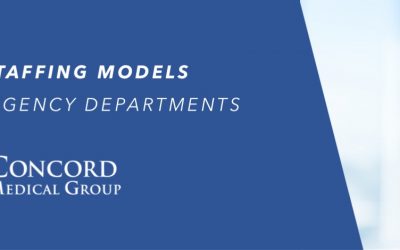You’ve put in the time (lots of it), effort, and mental and physical energy required for your medical residency. Now that you’ve finished, or are close to finishing, the future – which you’ve long waited and prepared for – beckons.
The question is, where to begin?
Many residents have been so consumed with learning the skills of patient care (and appropriately so) that they’ve spent little time considering their future beyond medical training. And there’ a lot to consider: from the type of practice available, financial responsibilities, and geographic location. The following are suggestions that can make finding the right job after residency an easier process.
Deciding what to do
Closely examine your goals, personal likes, and expectations while considering your post-residency options. Are you interested in the flexibility of working anywhere? If so, then a general practice – including general surgery, family practice, emergency medicine, etc. – may be right for you. Or, you may be interested in a specialized practice, such as orthopedics, plastic surgery, oncology, and cardiology, that could require additional training. This type of practice is most often located in communities that can support a larger hospital.
Types of practices
There are basically two main types of practices – supported and unsupported.
*Supported
Supported practices usually come with guaranteed salaries and benefits. They are supported by third-party institutions and include academic medicine, the Veterans Health Administration, hospitals, the National Health Service, and so on. The level of control a physician has over his or her practice is limited and assumed by the institution providing the support.
*Unsupported
Unsupported practices, or “private” practices, have no direct support (or subsidy) that guarantees salaries, expenses or benefits. But, generally, they offer a greater opportunity for larger salaries because you have direct control over expenses, marketing, patient population, insurances accepted, etc. Self-sufficiency can bring additional challenges, however, including greater on-call and coverage responsibilities, and more effort and time spent on managing your practice.
*Blended
A third type of practice, a blended practice, is an unsupported practice that is partially subsidized by a third party. An example of a blended practice is a private practice that is contracted with a local hospital to provide on-call coverage for the emergency department. This type of practice has become more popular in recent years.
Where to practice
Choosing where to live and practice is another challenging decision you must make. For the most part, you have two options:
*Urban/Suburban
The more sophisticated medical facilities are most often found in larger population areas. Also, specialized medicine is more prevalent in these areas. Also, cultural opportunities are usually greater in urban areas. Expense reimbursement rates tend to be higher in urban and suburban areas.
*Rural
There are key differences when it comes to rural and urban settings, including the types of medical facilities available. There’s usually a lack of sophisticated facilities – and specialty support – in rural areas, which, in turn, requires a much more diverse practice. But it gives you the opportunity to expand your practice into areas of interest or need. Rural areas generally have lower living expenses.
Some things to consider when choosing the location of your practice include the size of your practice, the community’s strengths and weaknesses, the quality of schools, on-call and coverage responsibilities, cultural and leisure activities, and the diversity and scope of your practice.
More Posts
Concord Announces Dr. John Jones as Chief Medical Officer of Emergency Medicine
Concord Medical Group is extremely excited to announce that John Jones, MD has accepted the role of Chief Medical Officer of Emergency Medicine.
Creative Staffing Models for Rural Emergency Departments
Exceptional Medical Directors are a not-so-secret sauce that power any well-oiled clinical program. They are a unique breed; equal parts clinical stand-out, skillful communicator, strategic thinker, and thoughtful mentor. At Concord, Medical Directors
3 Tips for Identifying and Retaining Strong Medical Directors
Exceptional Medical Directors are a not-so-secret sauce that power any well-oiled clinical program. They are a unique breed; equal parts clinical stand-out, skillful communicator, strategic thinker, and thoughtful mentor. At Concord, Medical Directors






